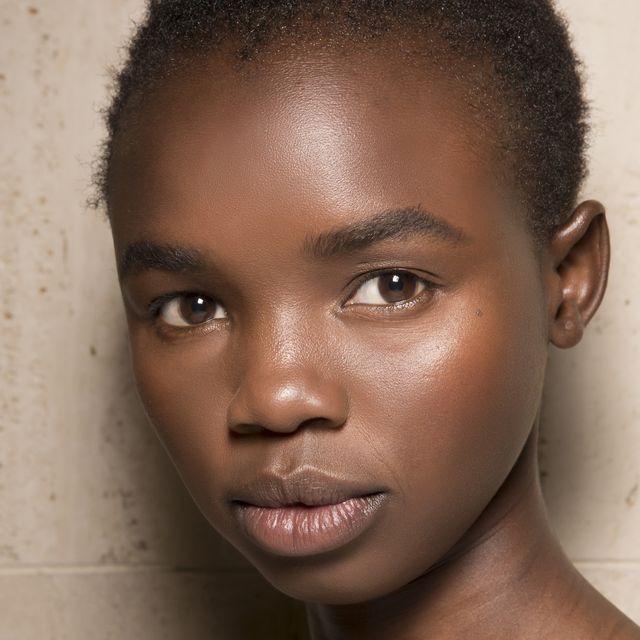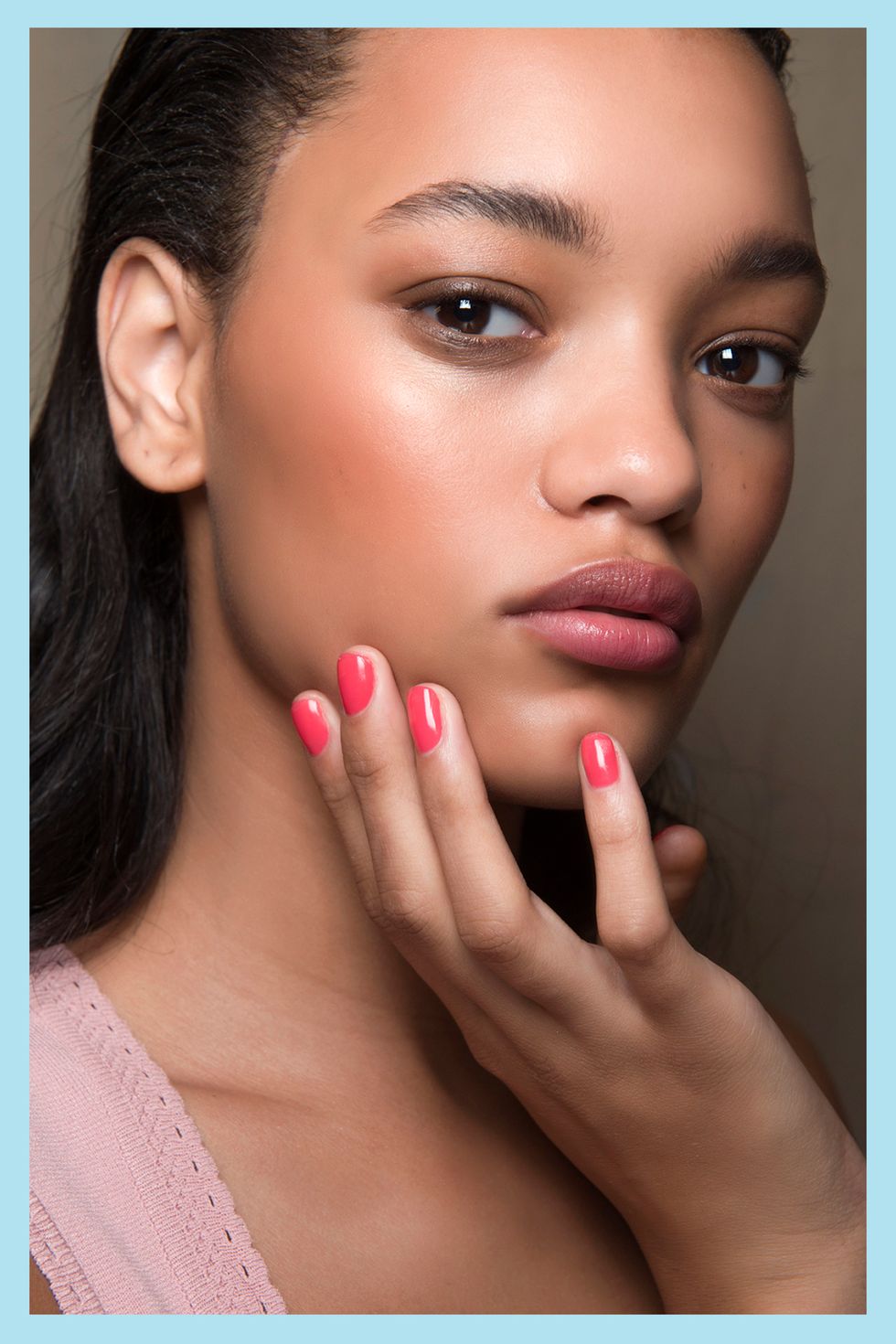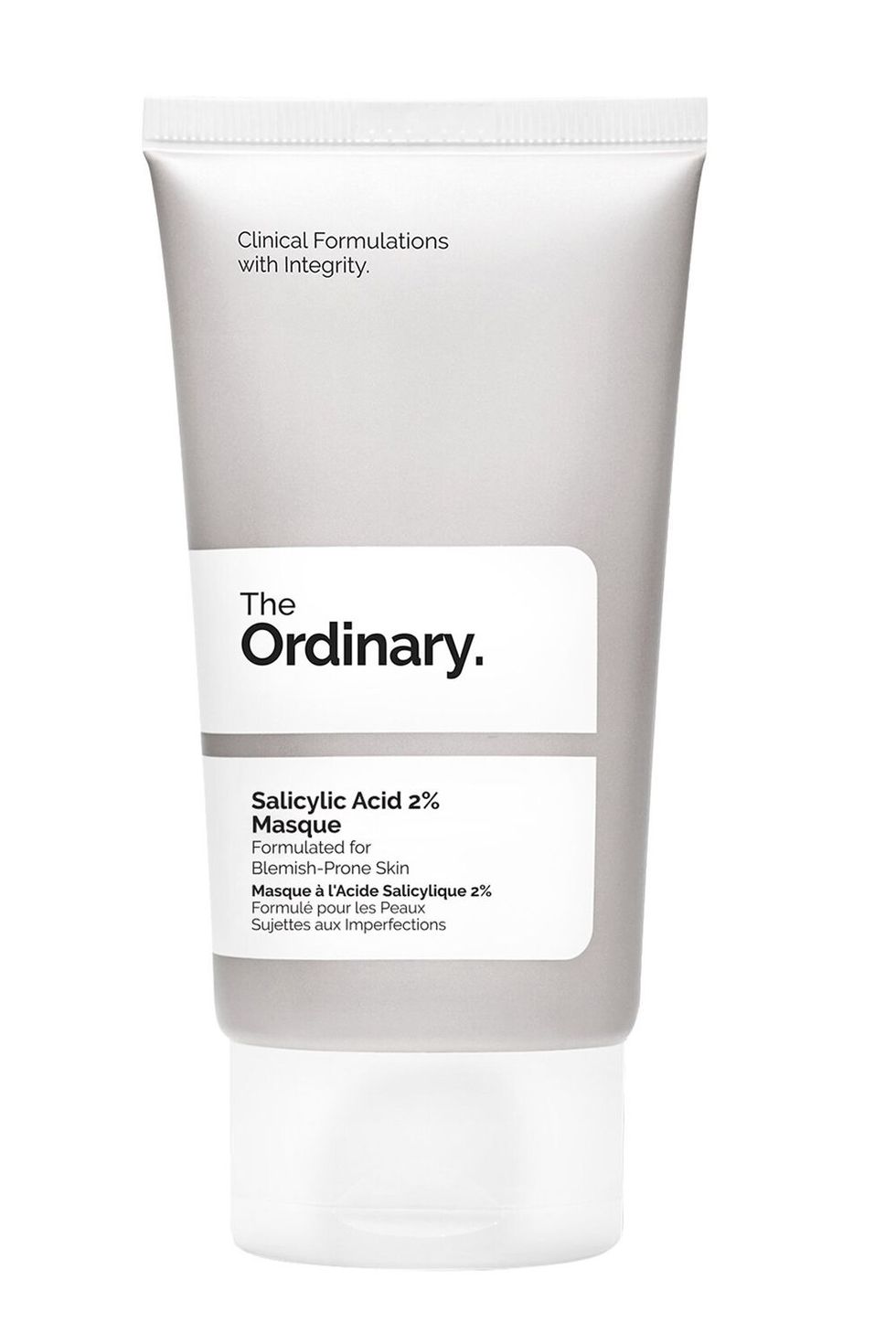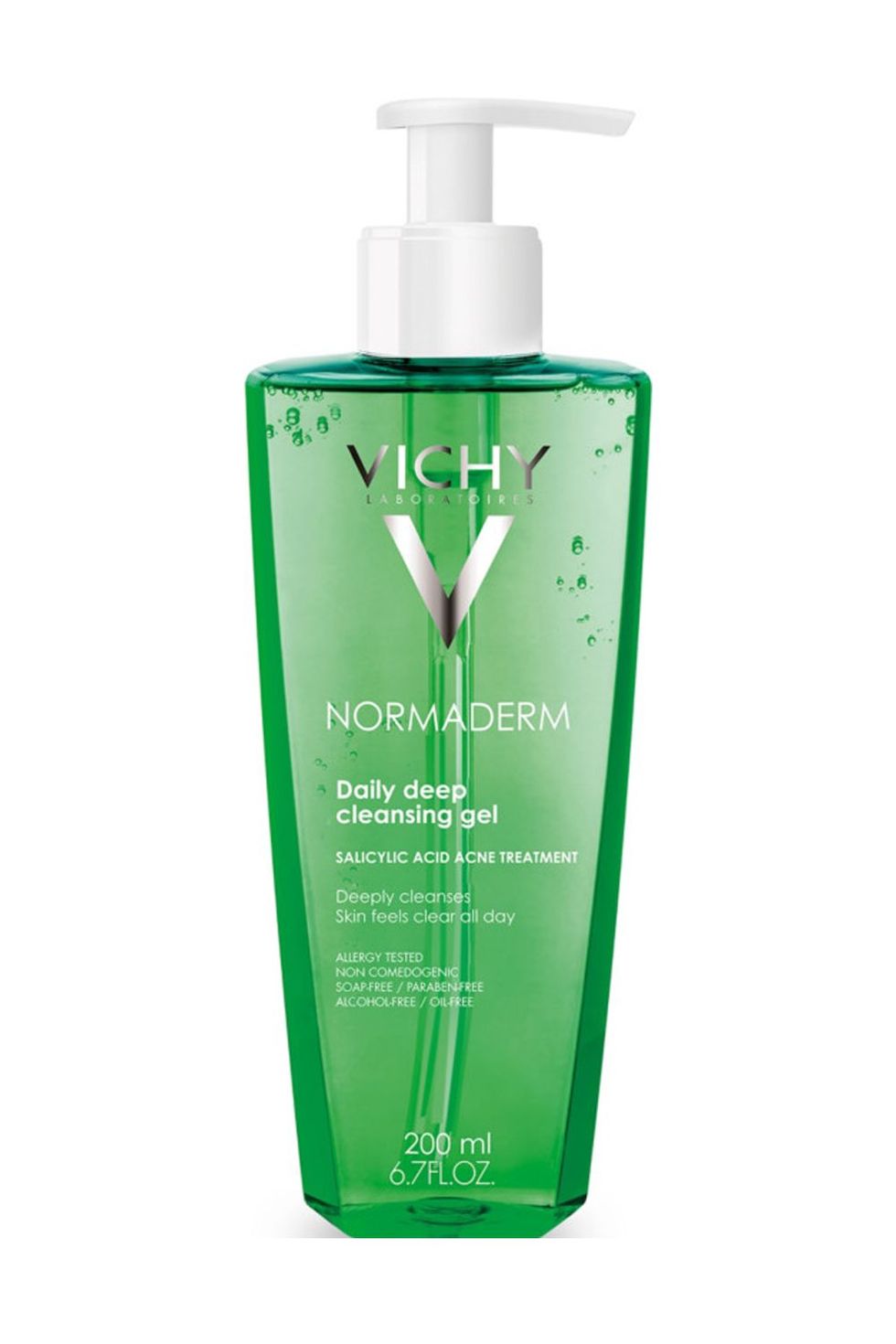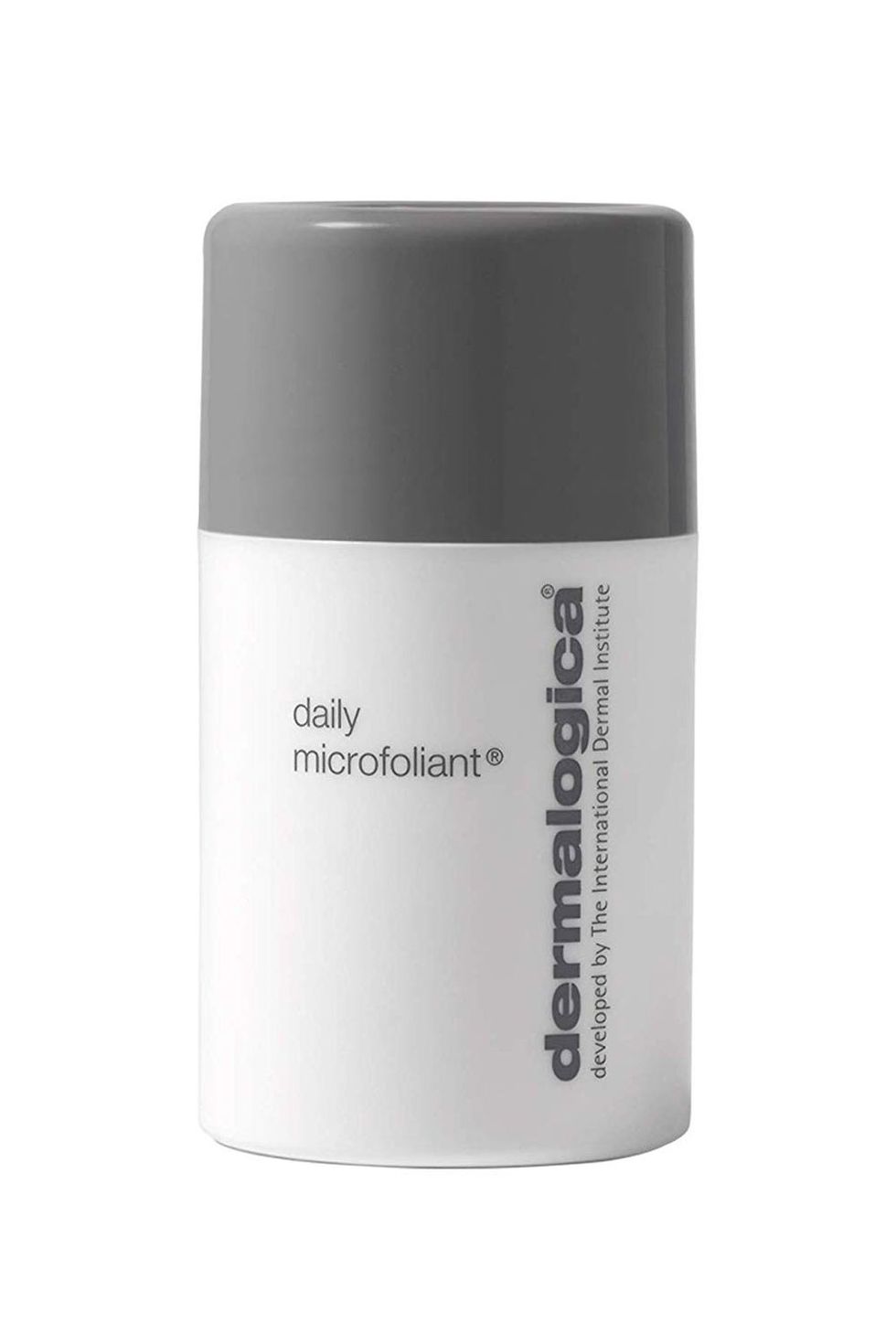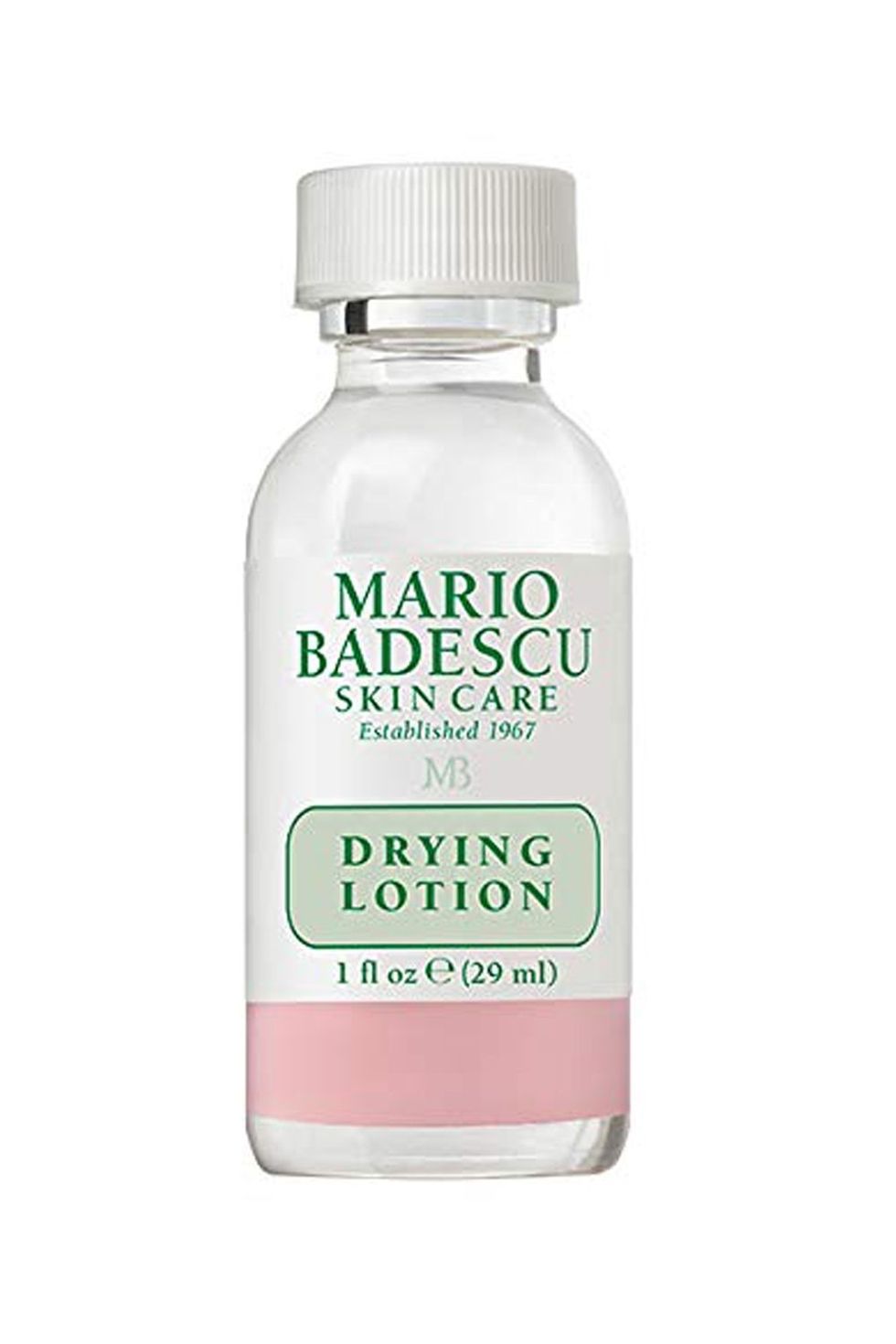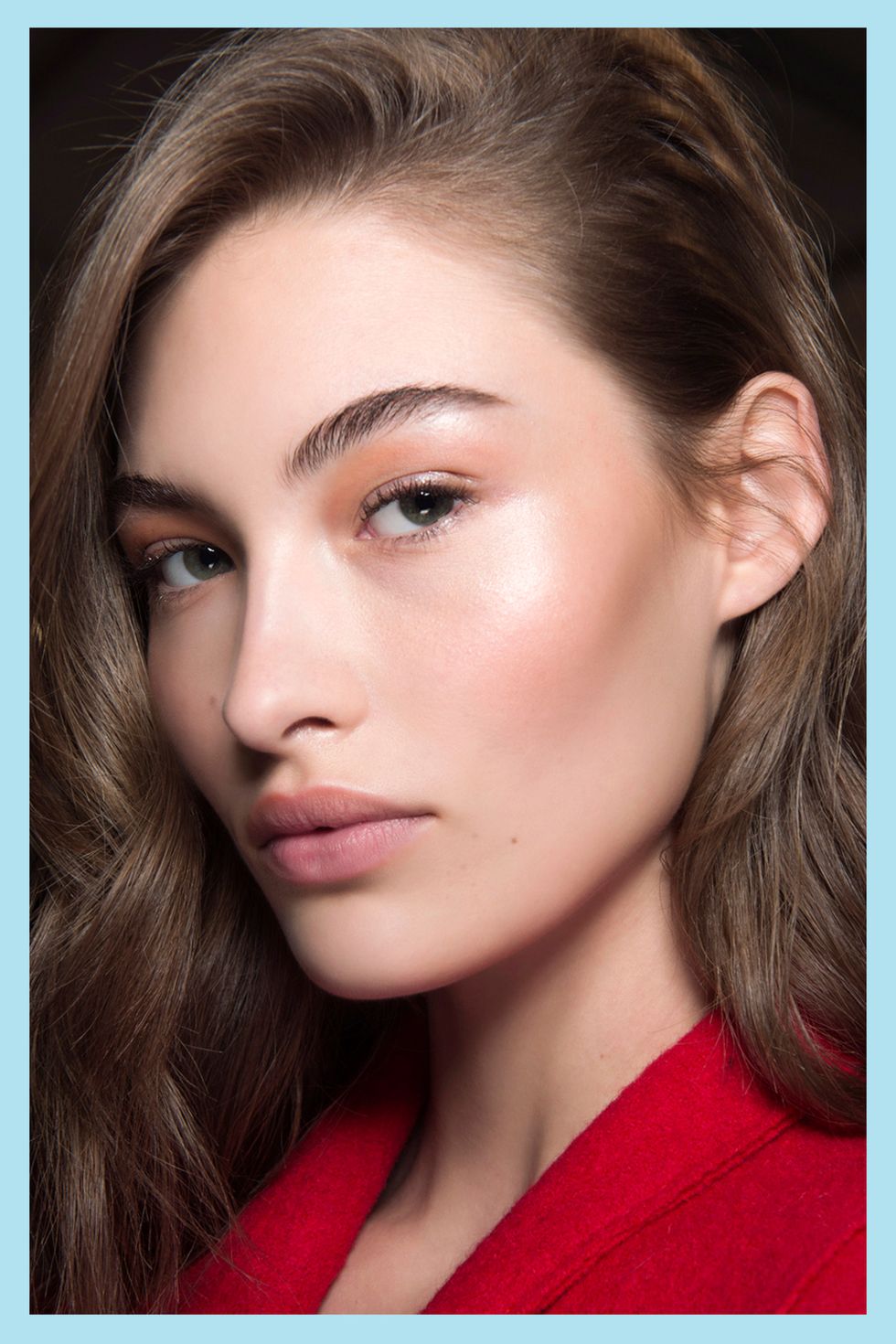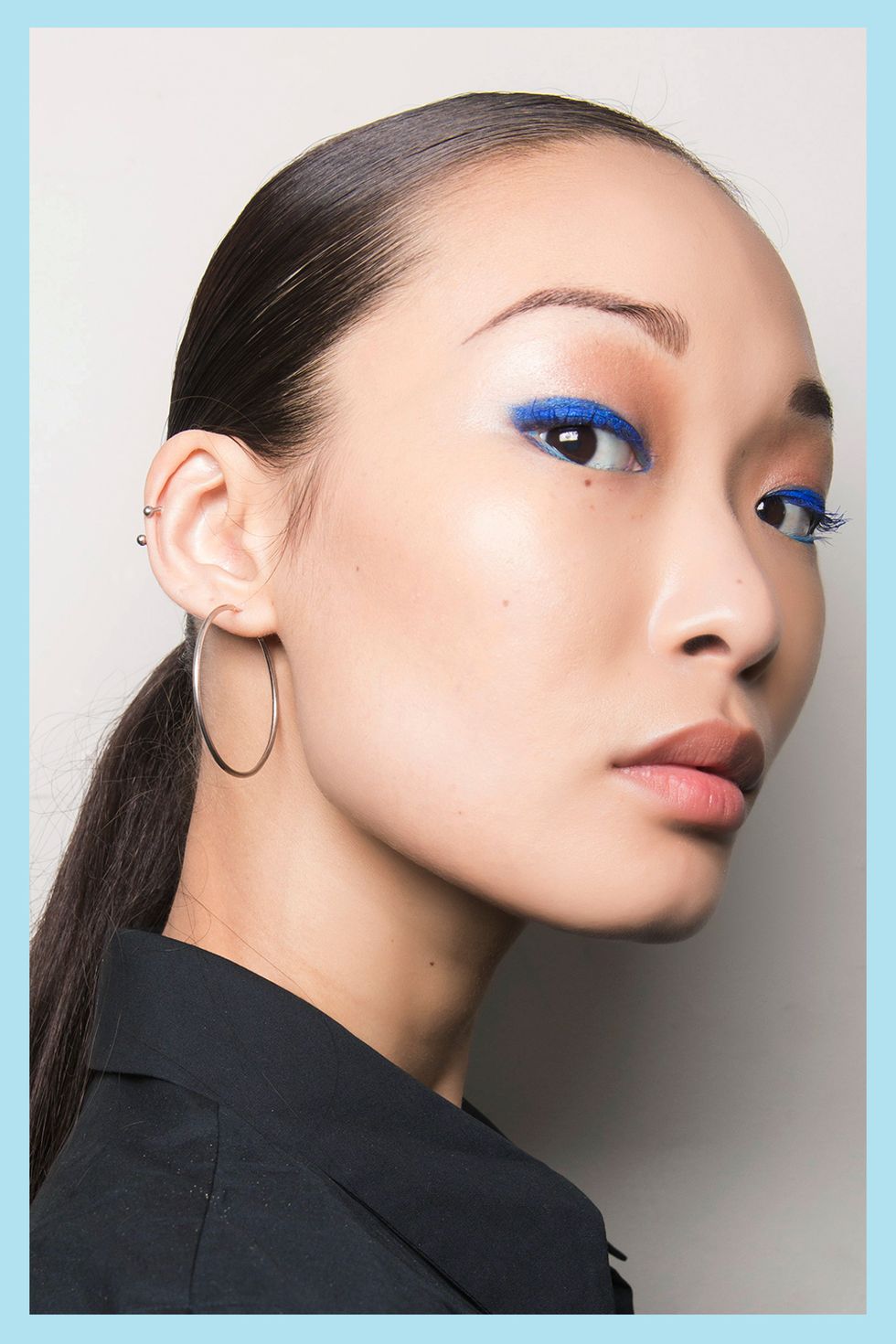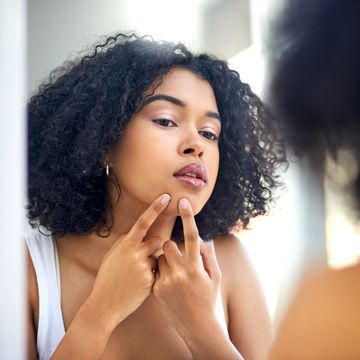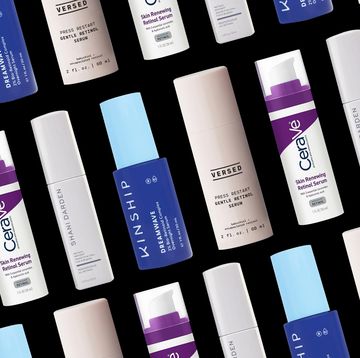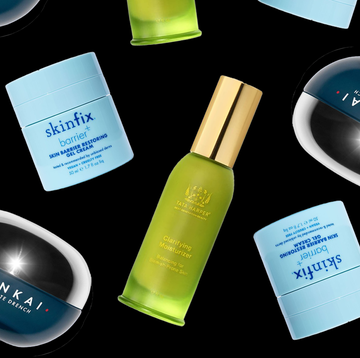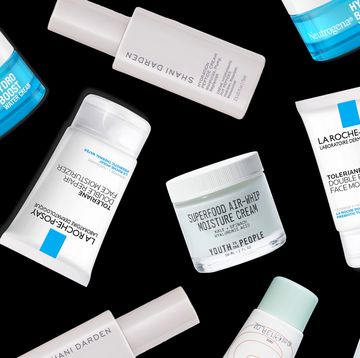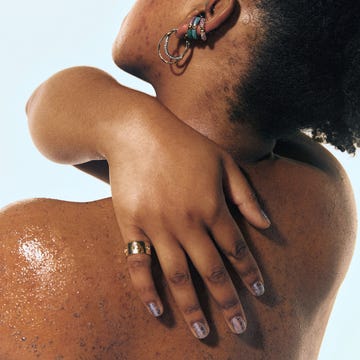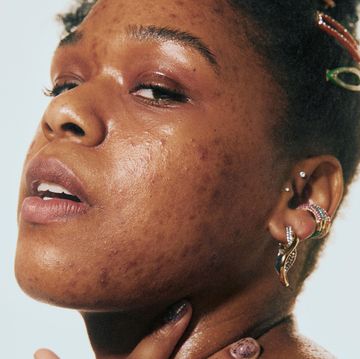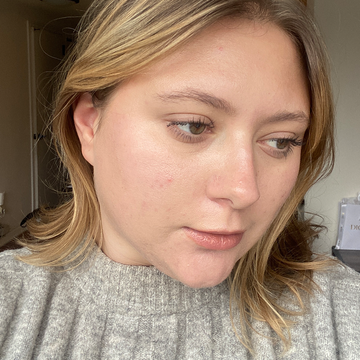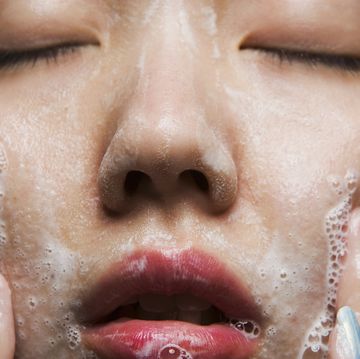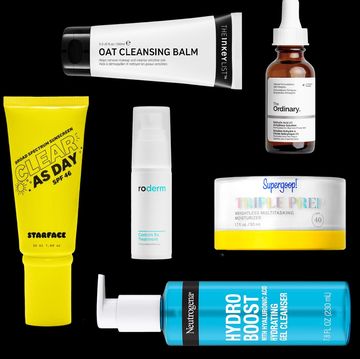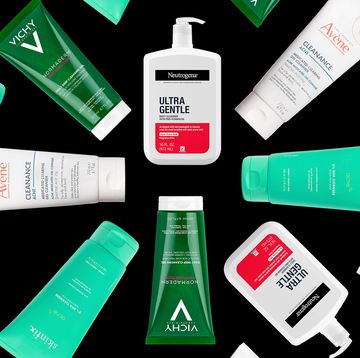Lemme let you in on a little secret: I’ve done a lot of crazy sh*t to my skin in hopes of destroying my acne. Like, even though I’m an ~educated~ beauty editor, I’d be lying if I said I haven’t gone to town on my blackheads and zits before. But as much as I want to ignore common sense and pick my skin to no avail, I’ve learned that the smartest way to treat acne is by (a) being patient and (b) using the right products. My personal fave? Anything with salicylic acid, which, IMHO, has singlehandedly transformed my skin.
Ask any derm and they’ll tell you: Salicylic acid is a tried-and-true ingredient for getting rid of blackheads, whiteheads, and excess oil—and keeping them gone. So if you’re ready to graduate from picking and popping your zits to using an ingredient that actually works, keep reading for everything you should know about using salicylic acid on your skin.
What does salicylic acid do to your skin?
Excuse me while I get a little ~scientific~, but before you start slathering salicylic acid all over your acne, you gotta know what it is. First, a refresher: There are two types of chemical exfoliants—alpha hydroxy acids (AHAs) and beta hydroxy acids (BHAs), both of which gently dissolve the “glue” that binds your dead skin cells, leaving you with softer, brighter, smoother skin.
Salicylic acid (which, fun fact, is derived from willow trees) is the main BHA used in skincare, and thanks to its ability to dissolve in oil, it’s basically the gold standard for treating blackheads, whiteheads, and oily skin. “Because salicylic acid is an anti-inflammatory ingredient, it also decreases the redness and irritation that comes with red, tender pimples,” says Rachel Nazarian, MD, of Schweiger Dermatology Group in NYC. “And since it breaks the bonds between the skin cells, it also gently exfoliates your skin to help prevent the formation of acne.”
Is benzoyl peroxide or salicylic acid better?
It depends on the pimple you’re dealing with. While salicylic acid does an excellent job of treating whiteheads and blackheads by dissolving dead skin and unclogging pores, benzoyl peroxide kills acne-causing bacteria that leads to those swollen, red, pus-filled pimples.
Salicylic acid and benzoyl peroxide can be used in tandem, but they can also irritate the hell out of sensitive skin, so try using them on alternate nights or using salicylic acid in the morning and benzoyl peroxide at night. Still, if blackheads and whiteheads are your main concern, you should def consider trying a salicylic acid cleanser, serum, spot treatment, or toner (more isn’t merrier—you’ll irritate your face and cause more breakouts). These are a few of my personal faves to get you started:
Is it okay to use salicylic acid every day?
Even though it’s tempting to load up on salicylic acid 24/7, Dr. Nazarian doesn’t recommend it. As with any chemical exfoliant, you should plan on easing salicylic acid into your routine (think: once every three days until you know your skin can handle it). “People who have naturally dry skin or sensitive conditions like rosacea and eczema should proceed with caution and under the guidance of their dermatologist,” she adds.
How long does it take for salicylic acid to work?
Here’s the not-so-great thing about salicylic acid: It takes a minute to see it work. “You’ll likely see results in four to six weeks,” says Dr. Nazarian, “after which you should continue to use it for long-term effects.” That means you shouldn’t expect any miracles overnight—good skin requires patience, y’all. If you want to give salicylic acid a fair shot, stick with it for at least a month until you start thinking next steps. And as always, don’t forget to chat with your derm about what’s best for you and your skin (what works for your roommate or, like, Amazon reviewers might not necessarily be the best treatment for you).
Can salicylic acid remove scars?
You know those dark spots and acne scars that linger long after your zit has disappeared? Yeah, salicylic acid can help with that. “Salicylic acid has the ability to break up old skin cells and encourage new skin cells to form, which, in turn, helps lighten dark spots and marks left by old pimples,” says Dr. Nazarian. And thanks to the anti-inflammatory abilities of salicylic acid, regular use can also help prevent those dark marks from happening in the first place (which, like, score).
Final thoughts
If you’re looking to clear up blackheads and whiteheads, you should absolutely try working salicylic acid into your skincare routine (my skin is proof). Remember: Start low and slow—i.e., don’t slather it on every day—to avoid any irritation or dryness, consult your dermatologist if you have rosacea or eczema, and expect to see results in a month or so. Sounds like a lot, but trust me: Salicylic acid is an acne game changer that’s worth the effort.
We just launched a newsletter that’s alllll about acne. Each week, we’ll hit up your inbox with everything from the zit products that actually work to the best breakout tips and tricks from derms. Do your skin a favor and sign up, k? SUBSCRIBE!
Ruby was the beauty editor at Cosmopolitan, where she covered beauty across print and digital. Her work has appeared on The Zoe Report, Fashionista, and StyleCaster. Follow her on Instagram.
